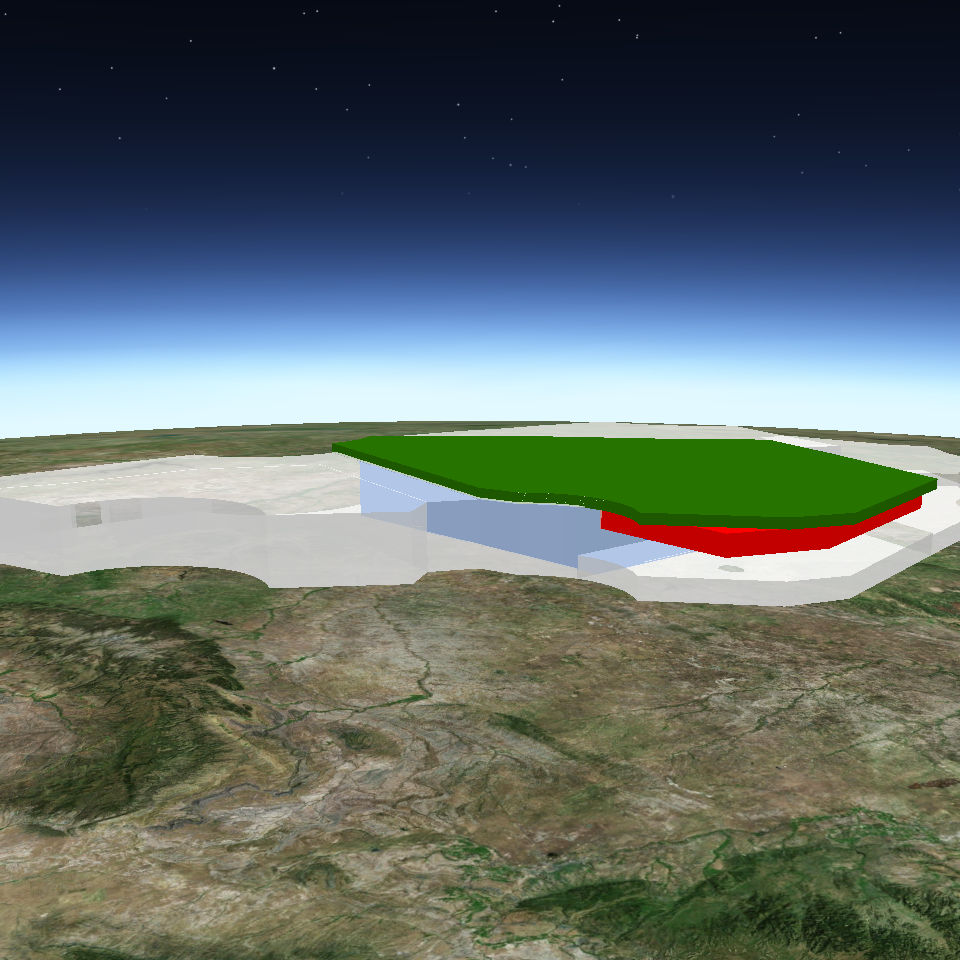Overview
The utilization of remote sensing techniques in the classification of land cover use on a large scale has been carried out in a range of studies, often relying on the spectral reflectance variation between different land cover types to successfully identify patterns of distinctive vegetation classes, urban structures, and bare ground regions. The semiarid conditions in countries such as Saudi Arabia not only provide nearly ideal conditions for the use of satellite imagery for such analysis due to limited cloud coverage year round, but also are ideal for classifying geological land cover types. Object based image analysis (OBIA) has been utilized based on the 30m-pixel resolution of a Landsat image and the large-scale nature of geological features in Saudi Arabia. OBIA allows one to incorporate specific ancillary spatial data such as object shape, texture, and relationships to other features as a part of the classification process in order to enhance the model results.
September 2012
Overview of Study Area
Study area determined by available satellite imagery tile encompassing KAUST region where partial Saudi Geological Survey geologic morphology data exists.
September 2012
Distribution of 50 Training Sites Utilized for Initial Classification
Geologic morphology sample sites identified against Saudi Geological Survey records within geologic subsets identified with preliminary OBIA classification.
October 2012
Initial Model Classification with Accuracy Test Sites
Initial output from OBIA model utilizing sample sites was run against 20 random accuracy sampling sites per class (140 in total).
October 2012
Adjusted Classification of Region with an Overall Accuracy of 64%
Reclassification of partial study area through final run of adjusted OBIA model.
October 2012
Extended Classification to the Southwestern Coast of Saudi Arabia
Final OBIA model run extended to entire study area of the Southwestern coastal region of Saudi Arabia.






